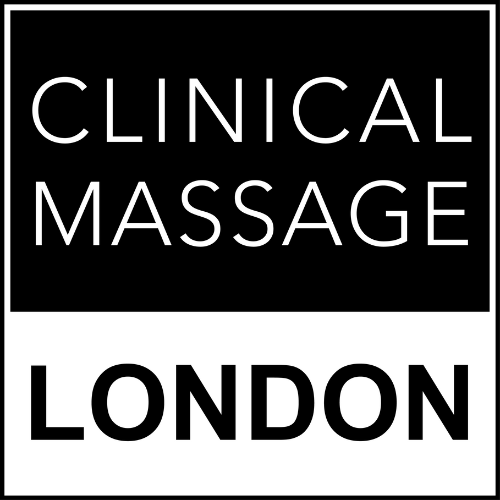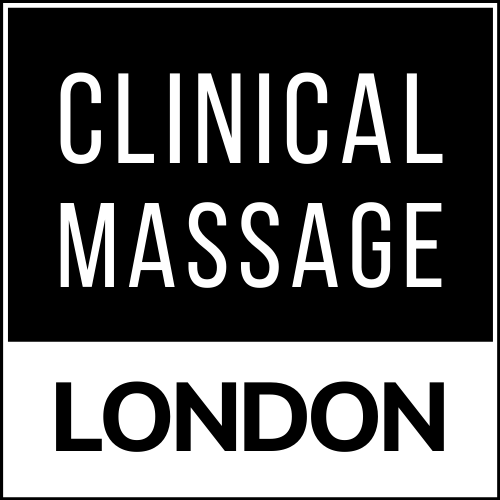
Myofascial Release
What is Myofascial Release?
Myofascial release refers to manual therapy that places its main focus and intent on freeing restrictions of movement that arise due to fascial adhesions within the soft tissues of the body.
Myofascial release techniques are based on the principle that fascia - the continuous network of connective tissue that encases every layer of bone and soft tissue from muscles down to individual muscle fibres - plays an important role in the healthy function of tissues and tissue mobility. Any restrictions arising between endofascial and interfascial planes that prevent optimal gliding are thought to lead to suboptimal exchange of fluids, as well as reduced quality of blood circulation and mechanoreceptor coordination.

Depending one the client’s needs, I sometimes use indirect fascial techniques, which involve the application of a low intensity mechanical output in the form of stretches or compression to a specific region, followed by a slow steady pressure in the direction of ease, with aims to adjust and restore tension distribution within the facial network.
More often I will use direct techniques - sometimes also referred to as deep tissue work, which generally involve the application of some form of direct shear stress, in order to separate adhesions binding muscles and individual muscle fibres to their adjacent structures.
Both methods are performed without or with minimal lubrication to allow maximal contact with underlying layers of tissue. Direct techniques can have a warm sensation of gentle friction, a sensation that I personally find quite delicious!
THOUGH TECHNICALLY SPEAKING, ANY HANDS ON MASSAGE THERAPY WILL INVOLVE SOME LEVEL OF MYOFASCIAL MANIPULATION, MYOFASCIAL RELEASE TECHNIQUES TEND TO MAKE USE OF A DEEPER KNOWLEDGE AND DEGREE OF INTENT THAT SPECIFICALLY AIMS TO AFFECT THE DEEPER LAYERS OF FASCIAL PLANES

